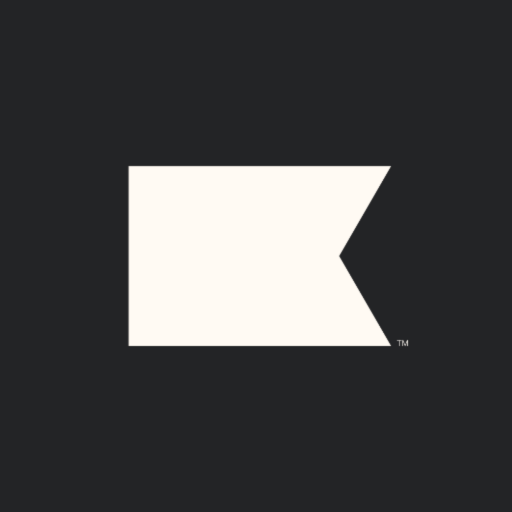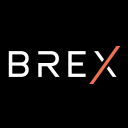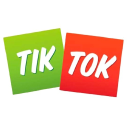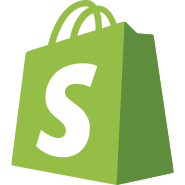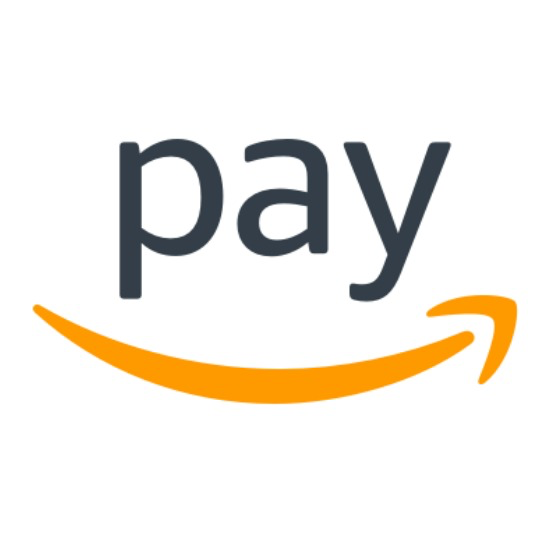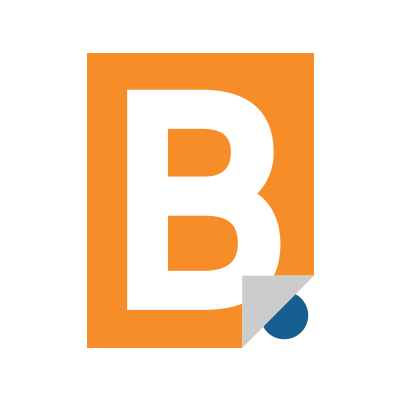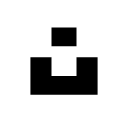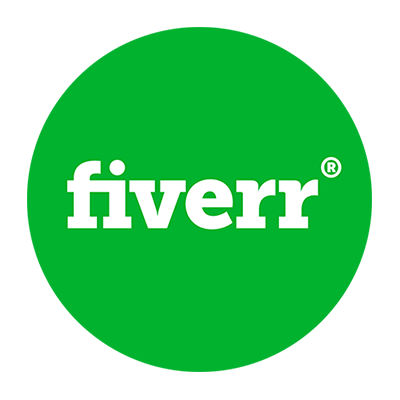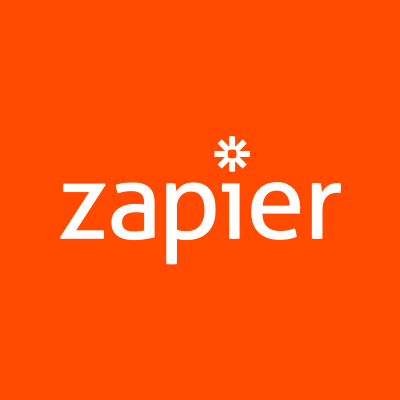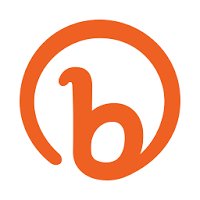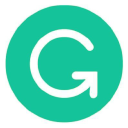Our Journey From Being Childhood Classmates To Building A $25K/Month Sustainable Winter Clothing Business
Hello! Who are you and what business did you start?
My name is Slater McLean. I’m the Co-founder of Oliver Charles and I'm thrilled to share our eco-friendly sweaters with you, made from seaweed and Yak Wool - the ultimate sustainable materials.
Growing up in the mountains of Colorado, outdoor adventure had a major influence on us. Throughout our lives, we've always preferred wearing durable, high-performing clothes versus wearing the latest trend. The truth is, the relationship we have with our clothes is personal, and whether we're cycling through exhausting work weeks, cooking with our partners, or lounging on Sundays, we want to look and feel our best.
There's even a science behind the relationship we share with our clothes called "Enclothed Cognition" - the study of how clothes impact our well-being and determine our creativity, productivity, and happiness throughout the day.
Whether you're juggling big life decisions, powering through Zoom calls, exploring the mountains, or going out to dinner, your Oliver Charles sweater will always be there for you....

Download the report and join our email newsletter packed with business ideas and money-making opportunities, backed by real-life case studies.

Download the report and join our email newsletter packed with business ideas and money-making opportunities, backed by real-life case studies.

Download the report and join our email newsletter packed with business ideas and money-making opportunities, backed by real-life case studies.

Download the report and join our email newsletter packed with business ideas and money-making opportunities, backed by real-life case studies.

Download the report and join our email newsletter packed with business ideas and money-making opportunities, backed by real-life case studies.

Download the report and join our email newsletter packed with business ideas and money-making opportunities, backed by real-life case studies.

Download the report and join our email newsletter packed with business ideas and money-making opportunities, backed by real-life case studies.

Download the report and join our email newsletter packed with business ideas and money-making opportunities, backed by real-life case studies.


